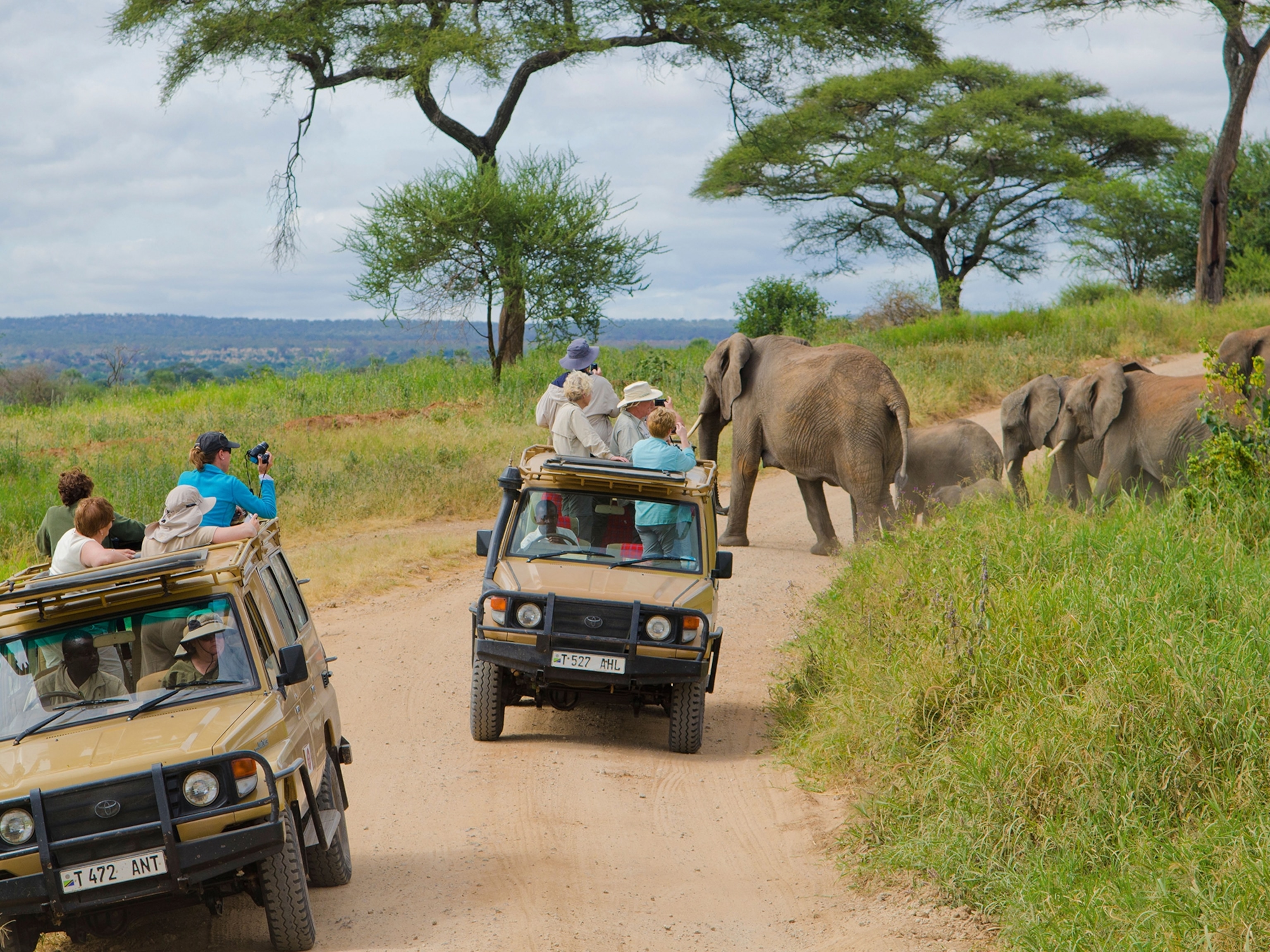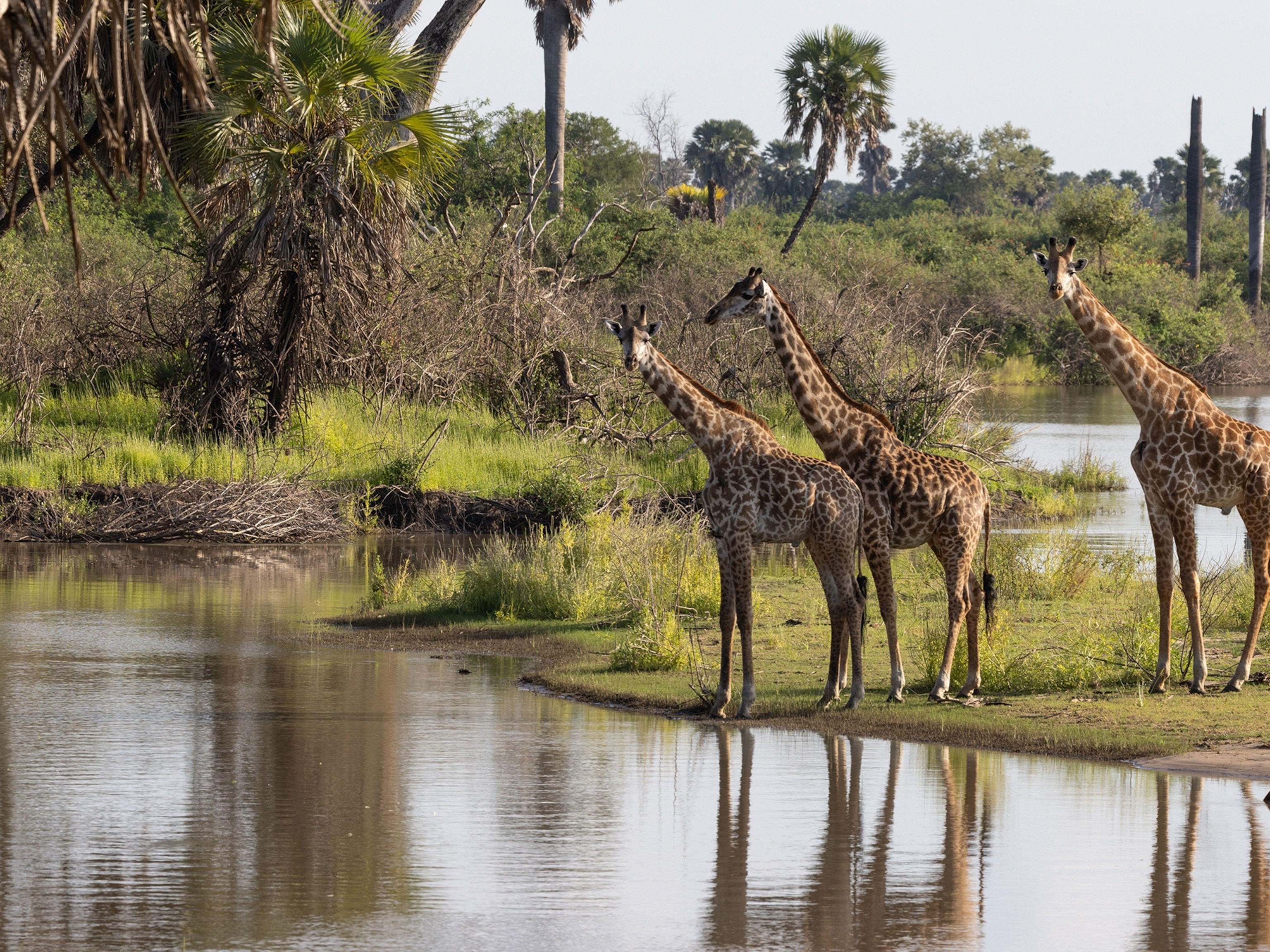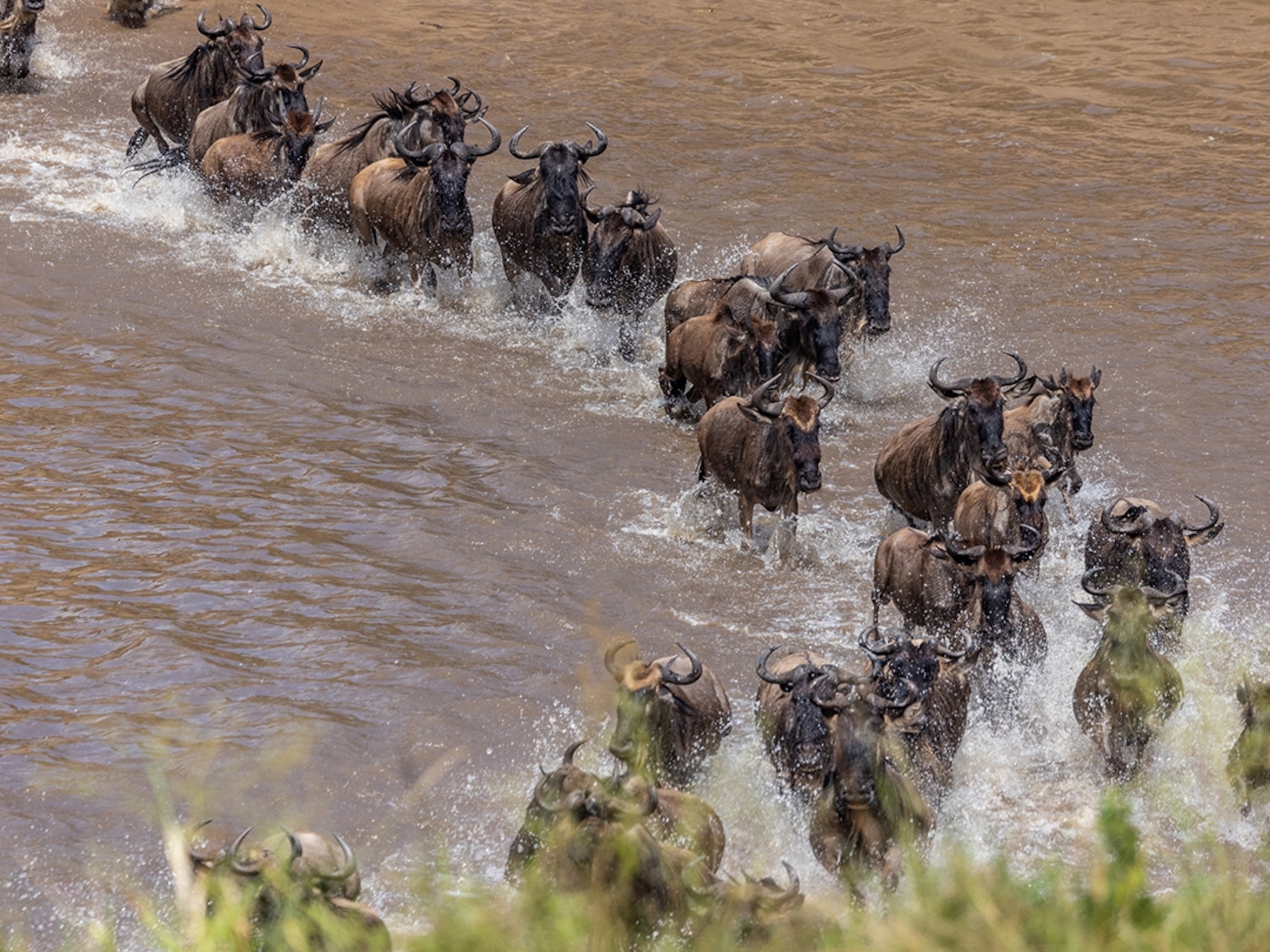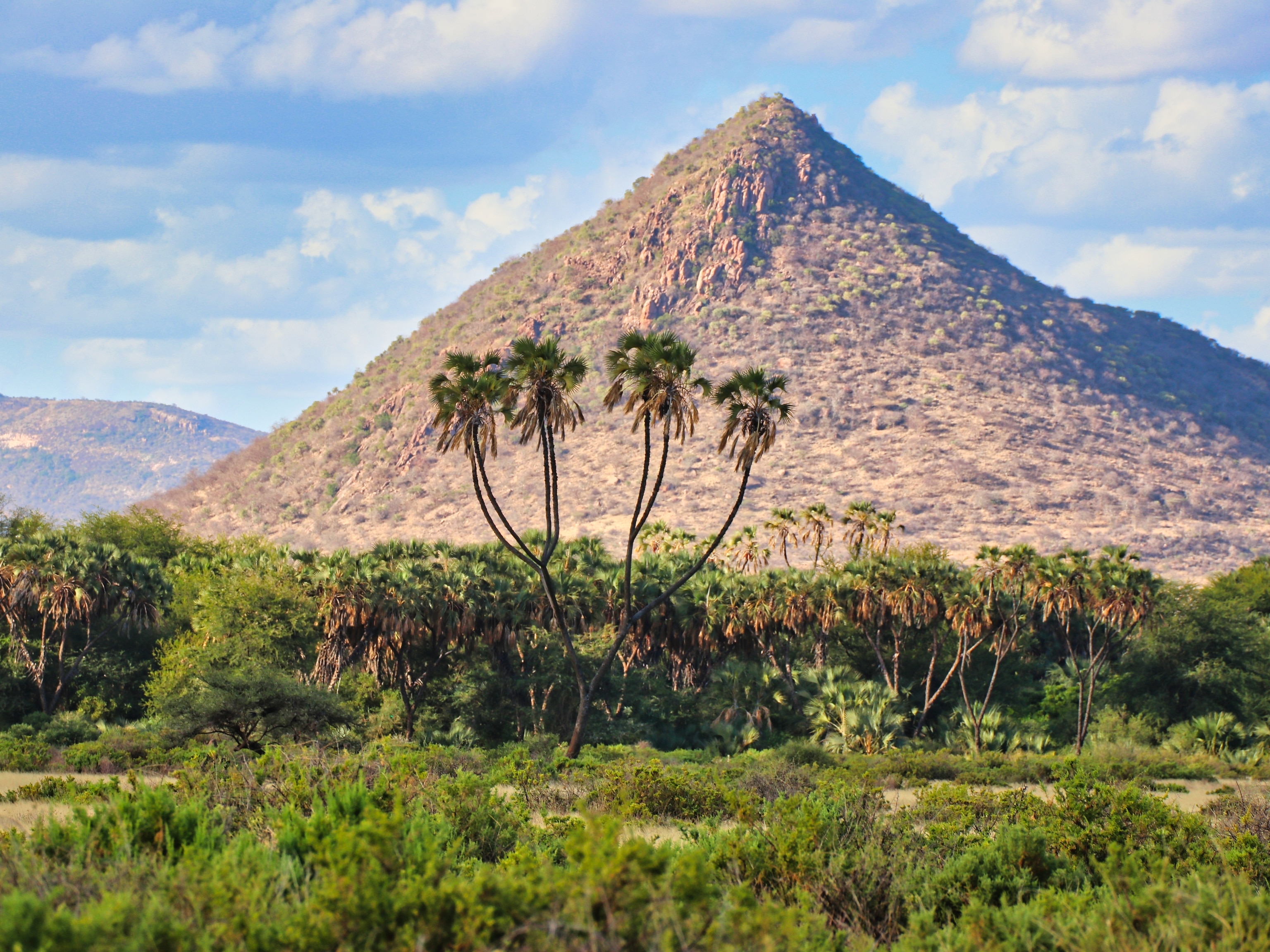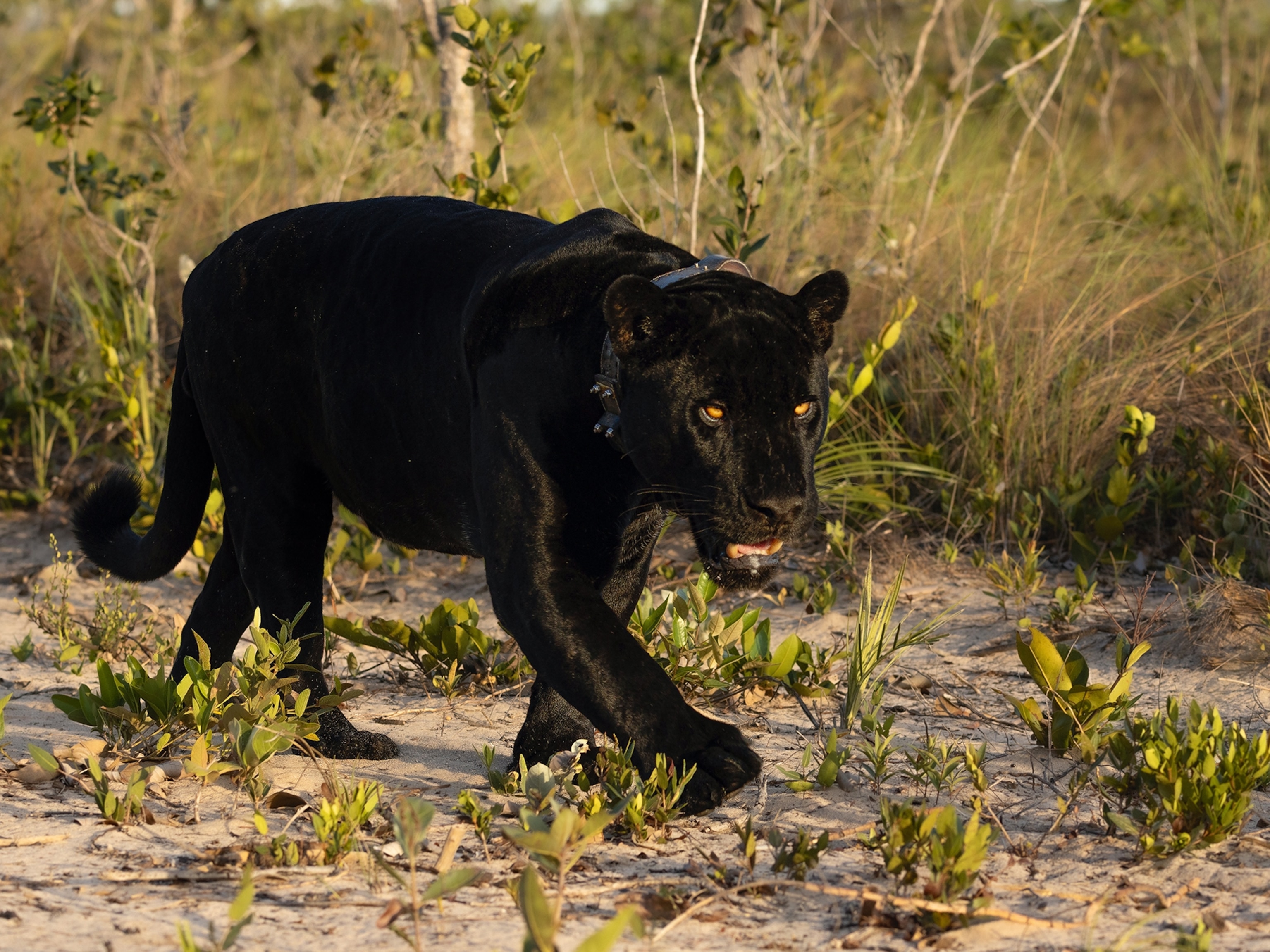A guide to organising your second safari in Tanzania
Looking to go one better on your next safari? Take the following approach in the lesser-known wonderlands of Tanzania's south.
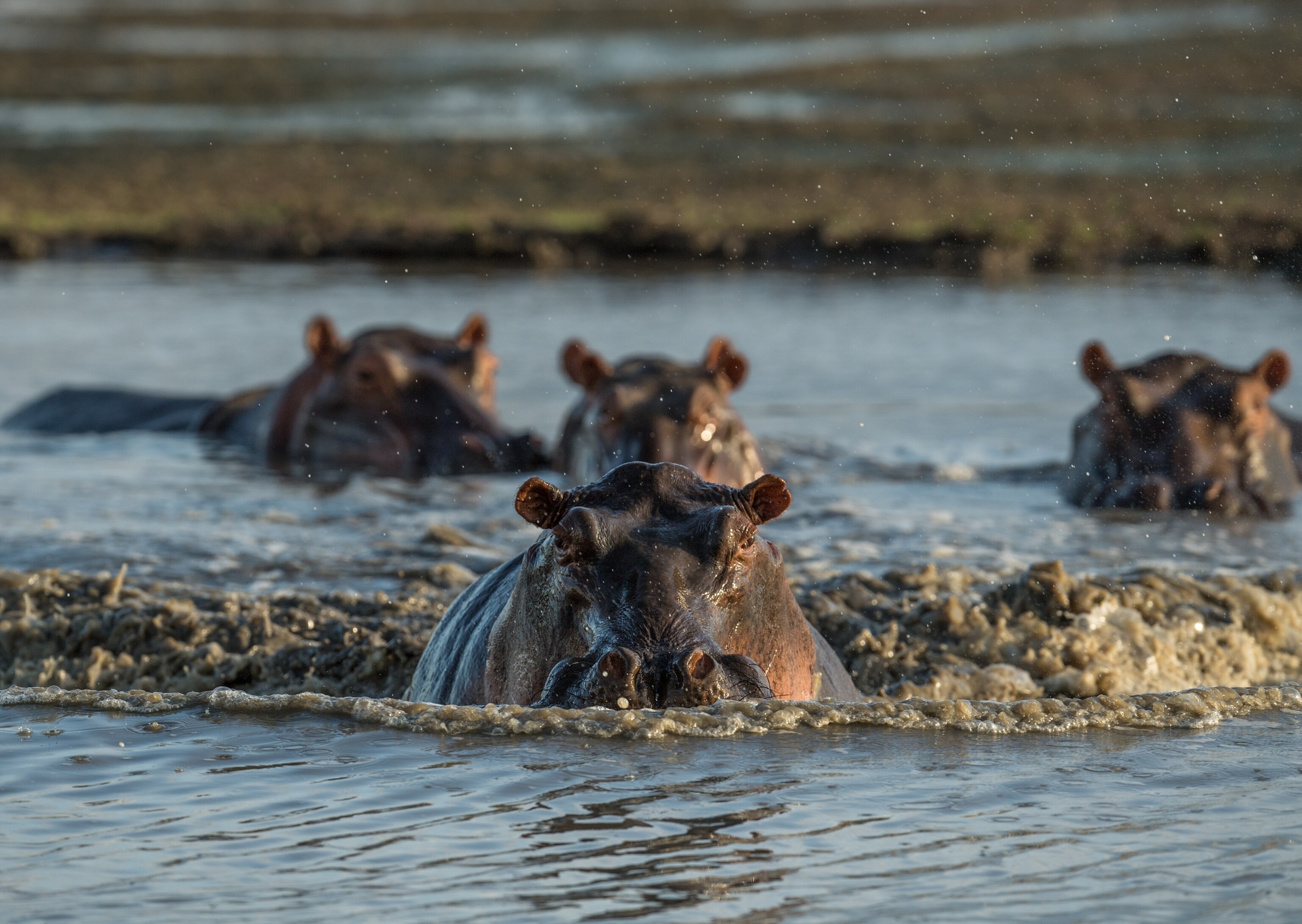
No one forgets their first safari: the sunsets, the open plains, that heart-stopping thrill of seeing wild animals in their natural habitat. When it comes to Tanzania, there are countless reasons why so many travellers choose to return to the country time and time again. One region that's especially well-suited to second-time visitors, a destination that keeps people coming back for more, is southern Tanzania.
Far away from popular areas such as the Serengeti and Ngorongoro Crater, the country's south serves up vast swathes of wilderness and wildlife. What's more, it's a place that allows you to get away from the crowds, get off the beaten path, and witness iconic species in lesser-known surrounds. Here's what you need to know about visiting this corner of Tanzania and some ways to optimise your safari experiences.
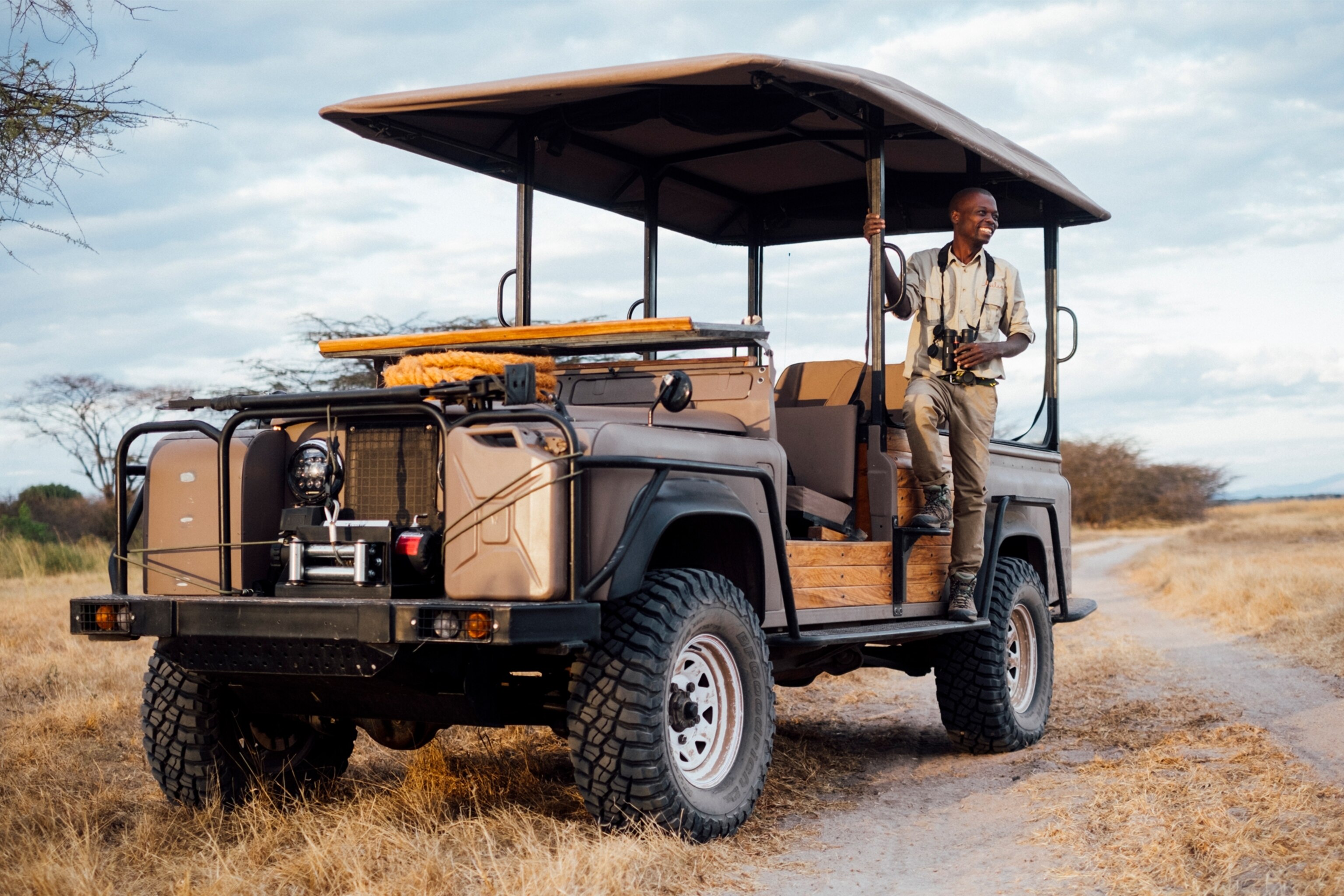
Choose a quieter corner
If the north of Tanzania offers busy, big-ticket safari attractions such as the Great Migration, the south offers space and exclusivity. This is especially true in the glorious surrounds of Ruaha National Park, which covers some 7,800sq miles and is the largest protected wildlife area in East Africa. Around 10% of the world’s lion population call it home, and the plains are studded with mighty baobab trees, yet it draws a mere fraction of the visitor numbers attracted to the north. Leopards, cheetahs, wild dogs, elephants and more than 550 recorded bird species are among other creatures to be found here. The lodge at Jabali Ridge, perched on a rocky outcrop, provides a luxurious launchpad for adventures.
Explore the wetlands
When Asilia Africa’s Usangu Expedition Camp opened in 2022, it provided the first opportunity for safari-goers to base themselves in the spectacular Usangu Wetlands. This vast area, which used to be poaching territory, was formally incorporated into Ruaha National Park in 2008. Since then, the wildlife has flourished. Roan and sable antelopes roam the land here in huge numbers, ostriches flock together on the floodplains and big cats prowl in the undergrowth. Guests are encouraged to join ‘citizen science’ experiences, setting camera traps within the vicinity of the camp and monitoring wildlife. In terms of accommodation, the camp itself is some 40 miles from its nearest neighbour and offers six luxury tents. Those basing themselves in this remote spot can embrace exciting activities such as seasonal boating and walking safaris.
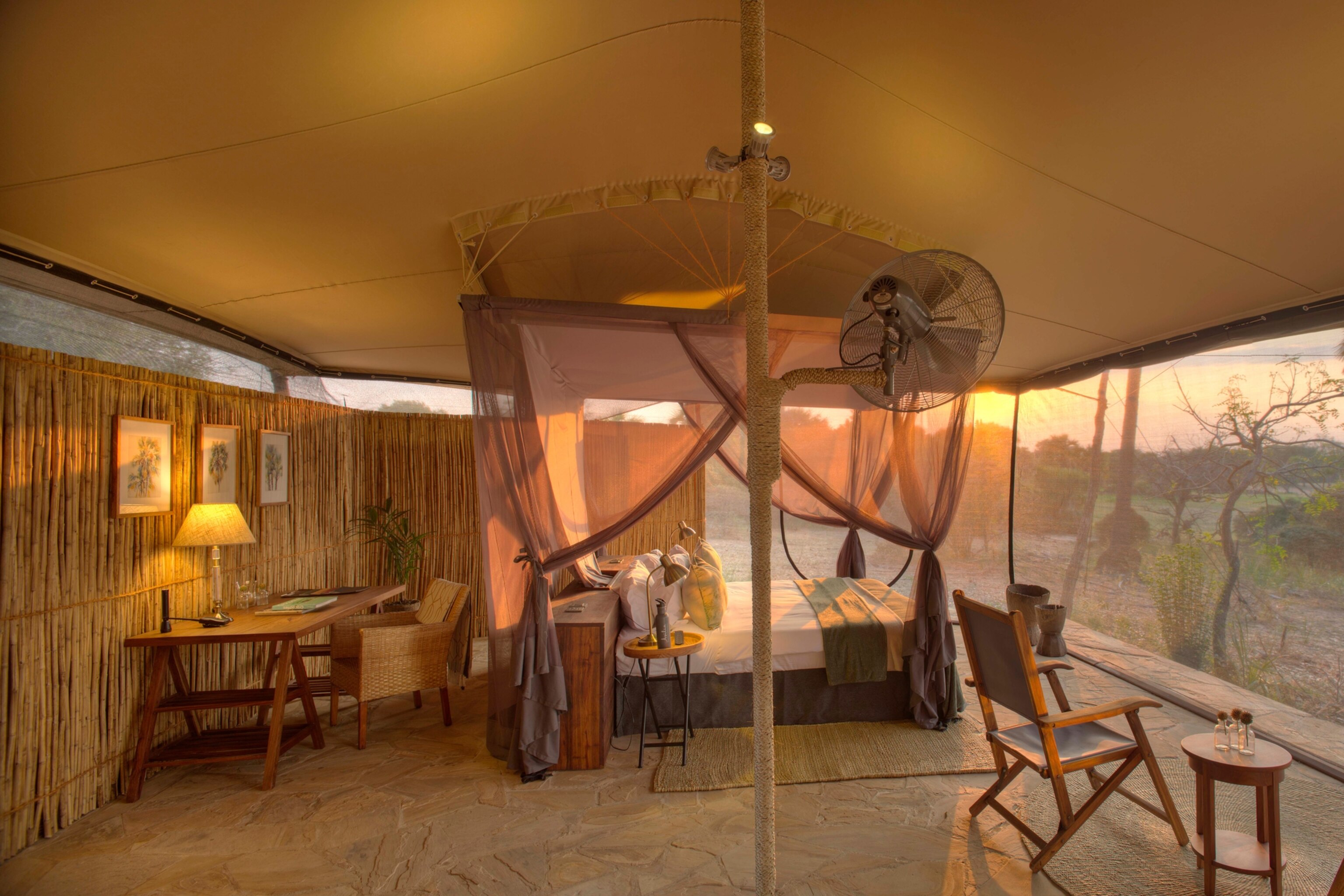
Embrace photography opportunities
One of the joys of going on safari in southern Tanzania is the lack of crowds. Whereas predator sightings in the north can sometimes result in fleets of vehicles surrounding wildlife, things are far quieter in the south. Not only is this much better for the animals, it also grants you the time and space to appreciate the magic of East Africa’s flora and fauna — not least if you’re a keen photographer. Wildlife-rich Nyerere National Park, formerly known as the Selous Game Reserve, is larger than Switzerland but has just a scattering of camps. One of these camps is Roho ya Selous, which boasts eight tents on a peninsula overlooking Lake Nzerakera. It also offers dedicated photography safaris, using a specially modified vehicle with swivel seats that help you capture the perfect shots.
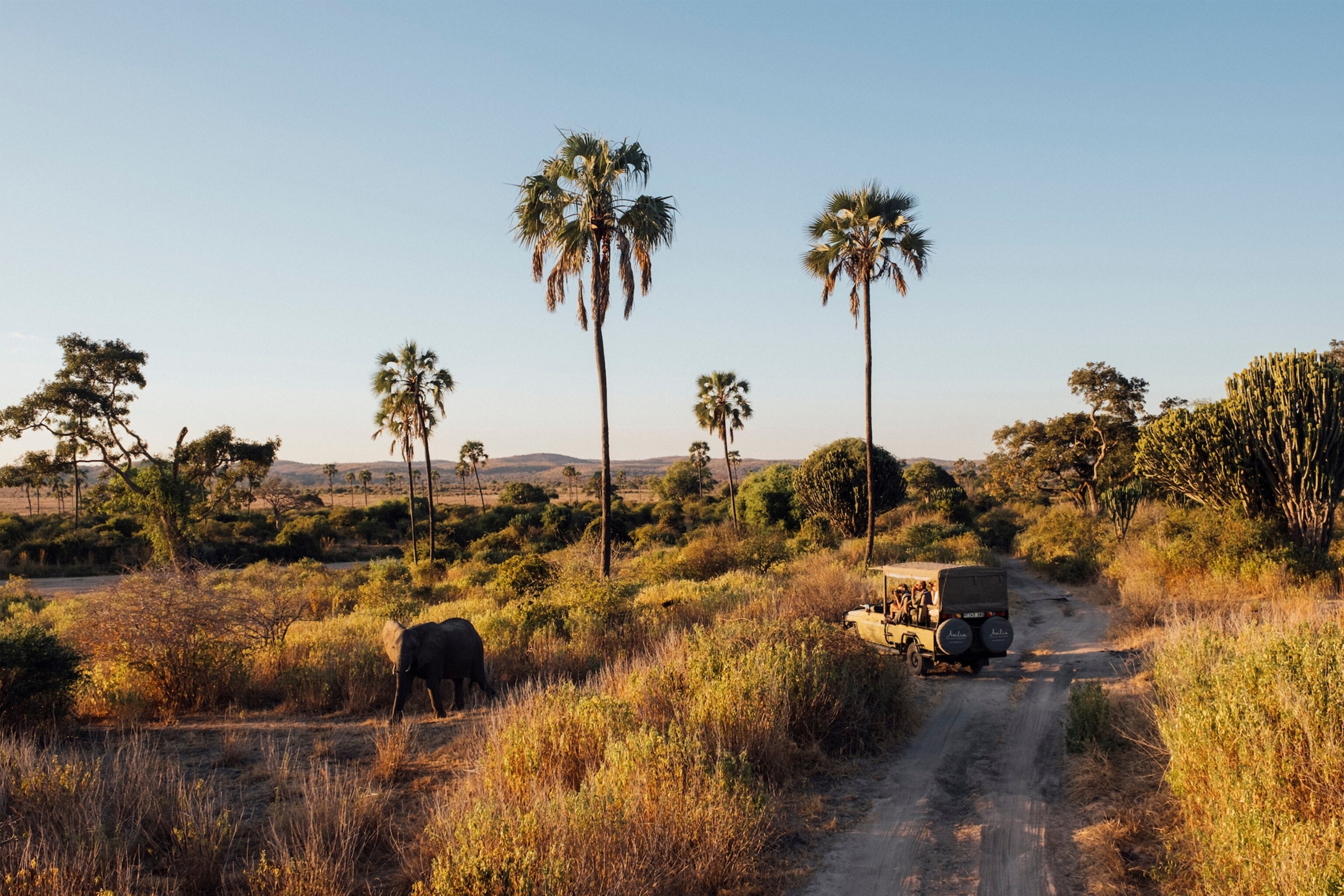
Take to the skies or explore after dark
The plains and escarpments of southern Tanzania make for a majestic sight at ground-level, but when viewed from the heavens their widescreen drama hits new heights. Hot air balloon safaris are on offer at the expedition-style Kwihala Camp in Ruaha National Park, giving you the chance to experience the region’s sweeping cinematic beauty from up on high, as the sun breaks the horizon. And that’s not all. Night drives are also permitted here, bringing a whole new cast of creatures into play. Usangu Expedition Camp offers thermal cameras on night drives, with each vehicle fitted with an iPad that allows guests to see clearly what's being spotted. The campsite experience here will also deliver on the culinary front too. From morning coffee in the bush and sundowners on the plains to excellent food and drink around the campfire, sometimes the best safari memories are the ones you least expect.
Start seeing double
Ruaha and Nyerere National Parks are true wonders of the natural world — Nyerere has long been UNESCO-listed for its diversity and undisturbed beauty. What’s more, their proximity to one another makes it straightforward to combine the two on one trip. They’re easily connected by either road or air and serve up contrasting terrains, from dense tracts of atmospheric wilderness to wide-open spreads of savannah. If you're all about seeing more on your trip and are looking to maximise your safari experience, don't miss out on the chance of seeing both in one clean sweep. Spend some time at Jabali Ridge, situated within Ruaha National Park, before completing your time in Tanzania with a stay at Nyerere's Roho ya Selous.
Asilia Africa can help you build your full itinerary, with expert advisers on hand to discuss your requirements. For more information, visit asiliaafrica.com
